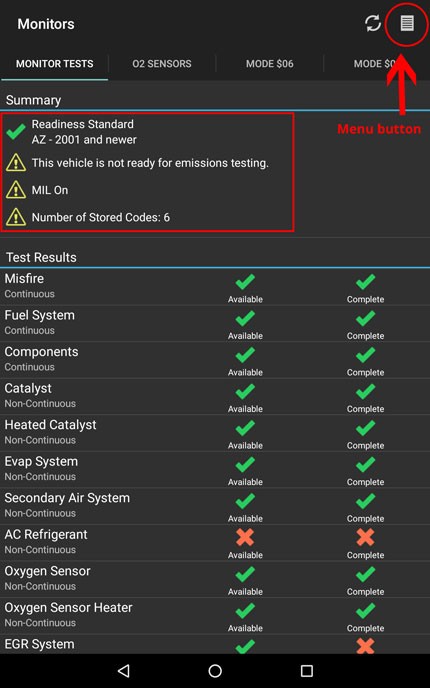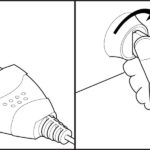Vehicle emissions tests are a crucial part of maintaining air quality, ensuring your car isn’t releasing excessive pollutants into the atmosphere. Many states and regions mandate these tests as a prerequisite for vehicle registration renewal. The standard method for modern vehicles is the OBD-II emissions test, designed to verify compliance with regulations set by the U.S. Environmental Protection Agency (EPA). An Obd Scanner Emissions Test is now the norm, and understanding how to navigate it is essential for every car owner.
Key Requirements to Pass an OBD-II Emissions Test
To successfully pass an OBD-II emissions test and keep your vehicle legally registered, several conditions must be met:
- Functional Check Engine Light and OBD Port: Your vehicle must have a working ‘Check Engine’ light and a readily accessible OBD-II port. The OBD-II port is the communication interface for diagnostic tools and emissions testing equipment.
- ‘Check Engine’ Light is Off: Critically, the ‘Check Engine’ light on your dashboard must not be illuminated. A lit ‘Check Engine’ light is a strong indicator of potential issues that could cause your vehicle to fail the emissions test.
- OBD-II System Monitors Completion: Your vehicle’s onboard computer runs a series of self-tests known as system monitors. These monitors assess the functionality of various emission control systems. To pass, these monitors must successfully complete their cycles and report a “ready” status.
The Pitfalls of Resetting Before an Emissions Test
A common misconception is that clearing the ‘Check Engine’ light or resetting the OBD-II system monitors just before an emissions test will help a vehicle pass. In reality, this action almost guarantees failure. When you reset the system, monitors like the catalyst monitor and EVAP (Evaporative Emission Control System) monitor are reset to a “not ready” state. These monitors require time and specific driving conditions to run and complete their diagnostic checks.
If your vehicle’s monitors are not in a “ready” state, it will automatically fail the emissions test, regardless of whether there are underlying issues. To achieve a “ready” state, you may need to drive your vehicle for several days, allowing sufficient time for all required monitors to run. If the ‘Check Engine’ light illuminates again during this drive cycle, it signifies a persistent fault that needs to be addressed before the vehicle can pass. Repairing the underlying issue and then completing a proper drive cycle are necessary steps to ensure emissions readiness.
Utilizing an OBD Scanner for Emissions Readiness and Pre-Testing
Fortunately, with the help of an OBD scanner, you can proactively manage your vehicle’s emissions readiness. After addressing any emissions-related problems, an OBD scanner, such as OBDLink, allows you to monitor the status of your vehicle’s emissions monitors and confirm they are in a “ready” state before heading to the testing station. Furthermore, you can use your OBD scanner to perform a pre-test, giving you confidence that your vehicle will pass the official emissions inspection, saving you time and potential re-test fees.
Here’s how to check emissions readiness using the OBDLink app as an example:
- Connect your OBDLink scanner to your vehicle’s OBD-II port and establish a connection with the OBDLink app on your smartphone or tablet.
- Navigate to the ‘Monitors’ section within the app.
- Locate the menu icon, typically in the top right corner, and select your state of residence from the options provided. This step ensures the app applies the correct emissions standards for your location.
- The app will then display the emissions monitor status. You will see either a “Not Ready” warning, indicating that some monitors have not yet completed their tests, or a “Ready” green check, confirming that all required monitors are in a passing state.
By using an OBD scanner emissions test tool, you gain valuable insight into your vehicle’s emissions system health. This proactive approach not only helps you avoid failing your emissions test but also contributes to responsible vehicle ownership and a cleaner environment. Ensure your vehicle is ready and avoid unnecessary hassles by incorporating an OBD scanner into your vehicle maintenance routine.


